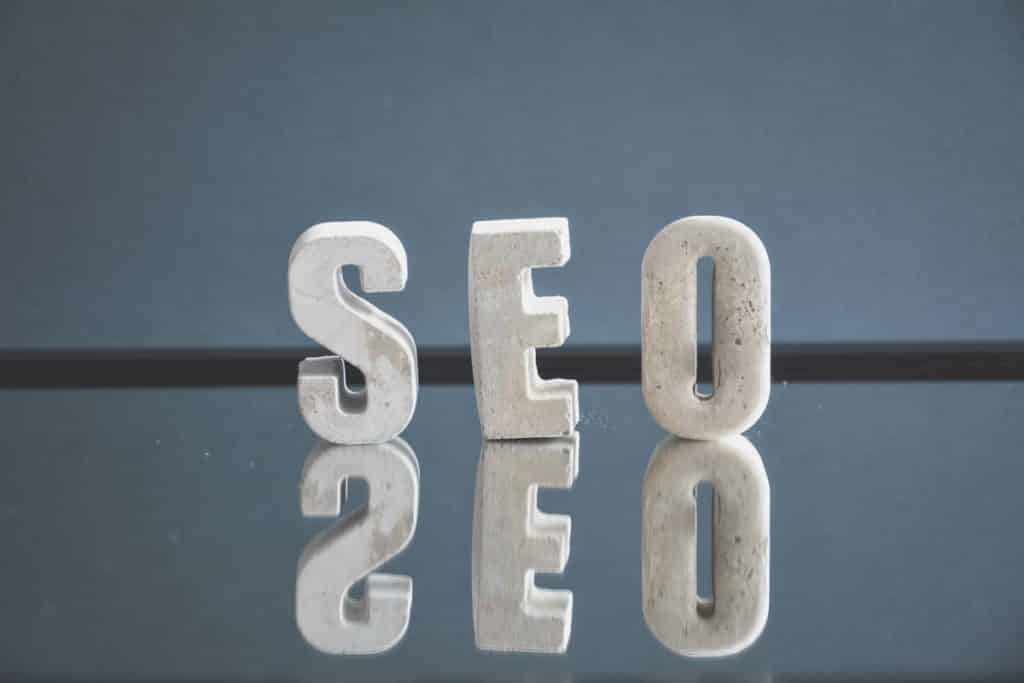It’s pretty common knowledge that SEO is crucial to every business with an online presence. What isn’t so widely understood is that SEO considerations are needed throughout the website build?
In this blog, we’ve compiled some vital SEO considerations and guidance for you to follow before publishing a new website. All of these require input from your designer, developer and copywriter.
“SEO should sit at the foundation rather than be implemented after the site has gone live.”
SEO Considerations from the Foundations
It starts with a keyword analysis
Before kicking off with the website build, you need a plan which will eventually form your sitemap. This map needs to include keywords, features, functionality, plot user journey and required content for each page.
TIP: Tools such as WebCEO can provide an in-depth analysis on which keywords are competitive based on your target audience.
Content & Copy
Readability over keywords
You shouldn’t sacrifice making great content just so that you can fit in a keyword. Search engines are focusing on content with ‘intent’ and recognise words out of order and synonyms (thanks MUM). Writing content with your customers in mind, which matches both the search query and the searcher’s intent, will serve you well.
In regards to the way your copy is presented, the layout needs to be clear, concise and easily readable for visitors. Most importantly, you need to make sure each page is unique. Duplicate text is a no-no for SEO and all search engines will mark you down.
When building pages, it is easier to plot your keywords, meta descriptions and SEO titles throughout the process, rather than rush through just before going live. That way, you will have time to check for any mistakes or missing SEO elements before clicking publish.
Internal links
Small but significant differences such as adding internal links throughout the copy and via will throughout out / designed call to actions will help support user journey and SEO.
Design
Less is more
Did you know vector graphics are more accessible and lighter weight than most images? And that every function add to the site will increase the weight and negatively impact loading time?
It is so important to consider what the site NEEDS in terms of function and design versus what you want. This includes pages too!
Images
If you are adding images or graphics make sure that they are sized for the web. Adding file names and alt tags to these design elements is better to do during the build process rather than when you have gone live. And if you use placeholders while building, delete them when they are no longer required. A clear down before you go live is good for the soul.
Layout
“Above the scroll” content is a massive consideration. As soon as a user (or search engine bot) lands on a page they should quickly be able to tell what they have landed on and what they expect to learn if they scroll further. It is the key factor that gets most of the attention of visitors. So make it count.
User journey should also be thought out. What call to action do you want/need. Where else could visitors want to go at certain parts of the page to build trust in your offering?
Mobile-First
Speed and mobile searching go hand in hand. In early 2019, Google announced that it would rank websites that have a quality mobile version first. The update was known as “mobile-first indexing”, and it became a trend after noticing the growth of the searches done on Google from mobile devices.
In the eyes of an SEO consultant, making sure your website is performing well on mobile is a given, but even today (May 2022) I was talking to a company about the importance of making their site responsive in order for there to be any significant organic gains.
This can quickly be done during the build of your website and is an essential SEO consideration with any website development. Doing this retrospectively is costly, and timely as your site may have already been crawled and ranked.
SEO Specific Considerations
Meta descriptions & SEO titles
These are ‘calls to actions’ from the search engines results that drags in the visitors. Make this clear, to the point and punchy. They need to entice the potential visitor but also need to be honest about what they will see/read once they click. No clickbait. This will negatively impact your bounce rate and rankings!
Doing this before the site goes live means that search engines won’t make these up which can result in them being either:
- dull and not representative of the page
- pulling random bits of content that makes no sense out of context
- showing “no description” which is just a bit pants
And once this has happened, you have to wait until the search engine gods come back and re-cache that page (or your whole site).
XML sitemap
The need for a sitemap is so you can tell the search engines about pages on your site that they can crawl. When all pages are indexed, it will make it much easier for users to search online using relevant keywords that are optimised to your site.
There are many ways to get your business in the press. From the traditional PR route of sending a press release to utilising a Press Office service, not forgetting newsjacking, the practice of sending a pitch to a journalist about an article idea, you have based on trends and topics of interest.
Just remember this :
- hyperlinking text (if you have a choice),
- what page is this link going to go to
- where this link is in case anything changes!
Hosting
While not specifically related to SEO, who you host with can impact speed which certainly is.
Make sure you have a good hosting company lined up before you go ahead.
Anything else?
Measurement
Start measuring from the very beginning. It is essential that you analyse your website performance regularly and right from the get-go. This is so you know exactly what works and what doesn’t and what you can change to improve it.
Install website analytics and Search Console so as soon you have gone live you can watch how things unfold. It’s key to remember that it takes 3 – 6 months for Google to crawl a website so don’t be disheartened at first, make sure you get it done right away to collect the data you need to improve your site.
Finally, SEO goes beyond the build
While most website owners may think about SEO after the development process, the truth is you need to take SEO considerations into account at the very start. It might seem like a lengthy task, but what is worse? Getting everything done at once – or spending hours completely refreshing your SEO from scratch?
Teamwork makes the dream work. SEO consultants and website developers can work hand in hand to ensure the best possible outcome.
FREE WEBSITE HEALTHCHECK
SEO Support
If you wanted to get a brief overview of how your website is performing, why not request a FREE website health check and SEO audit – no catch, just an idea of where you can improve. Just click this link






